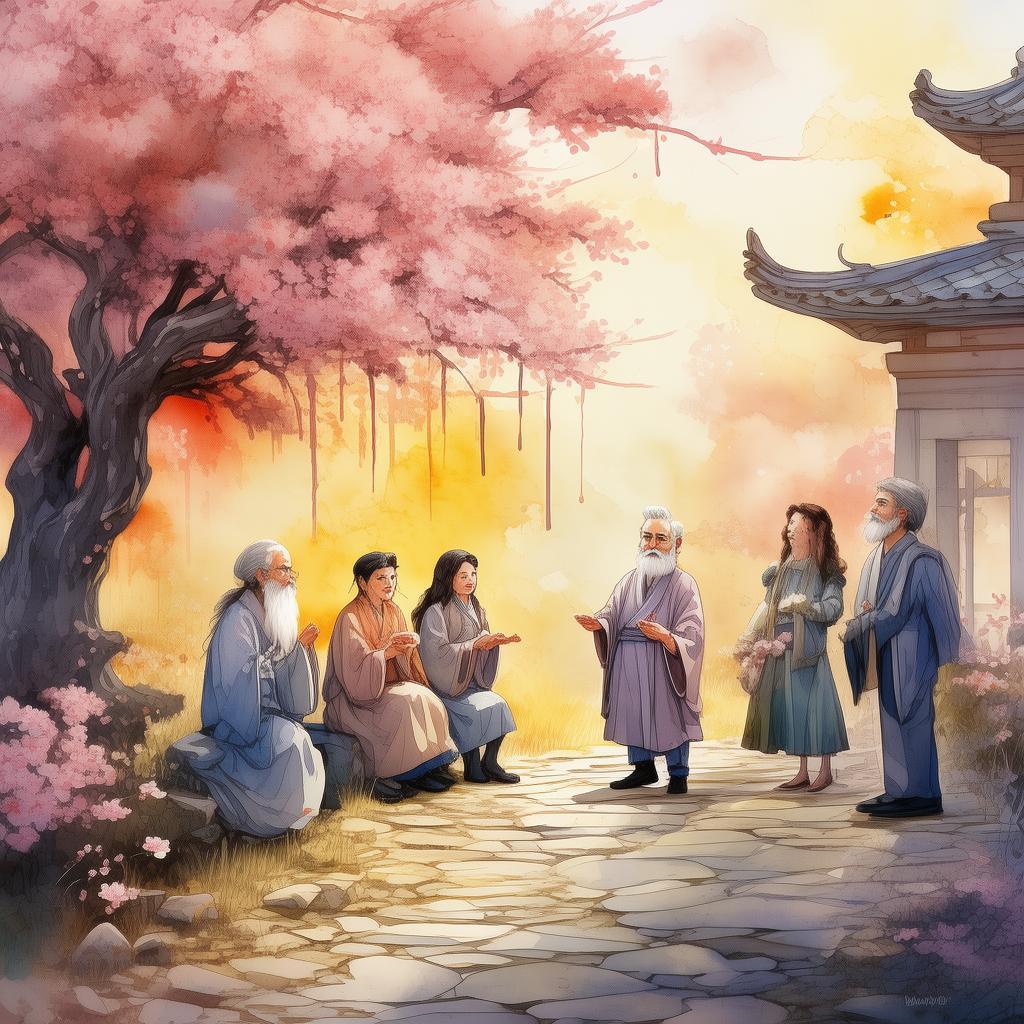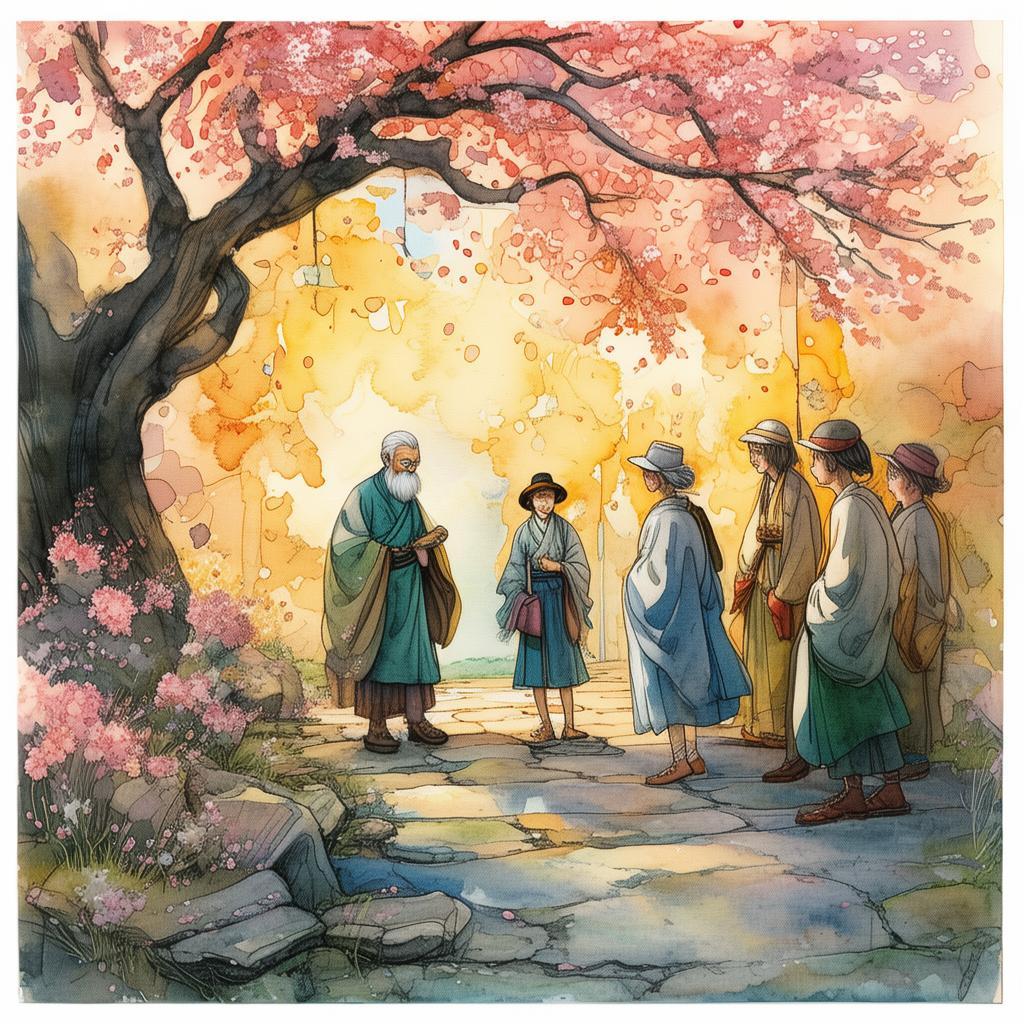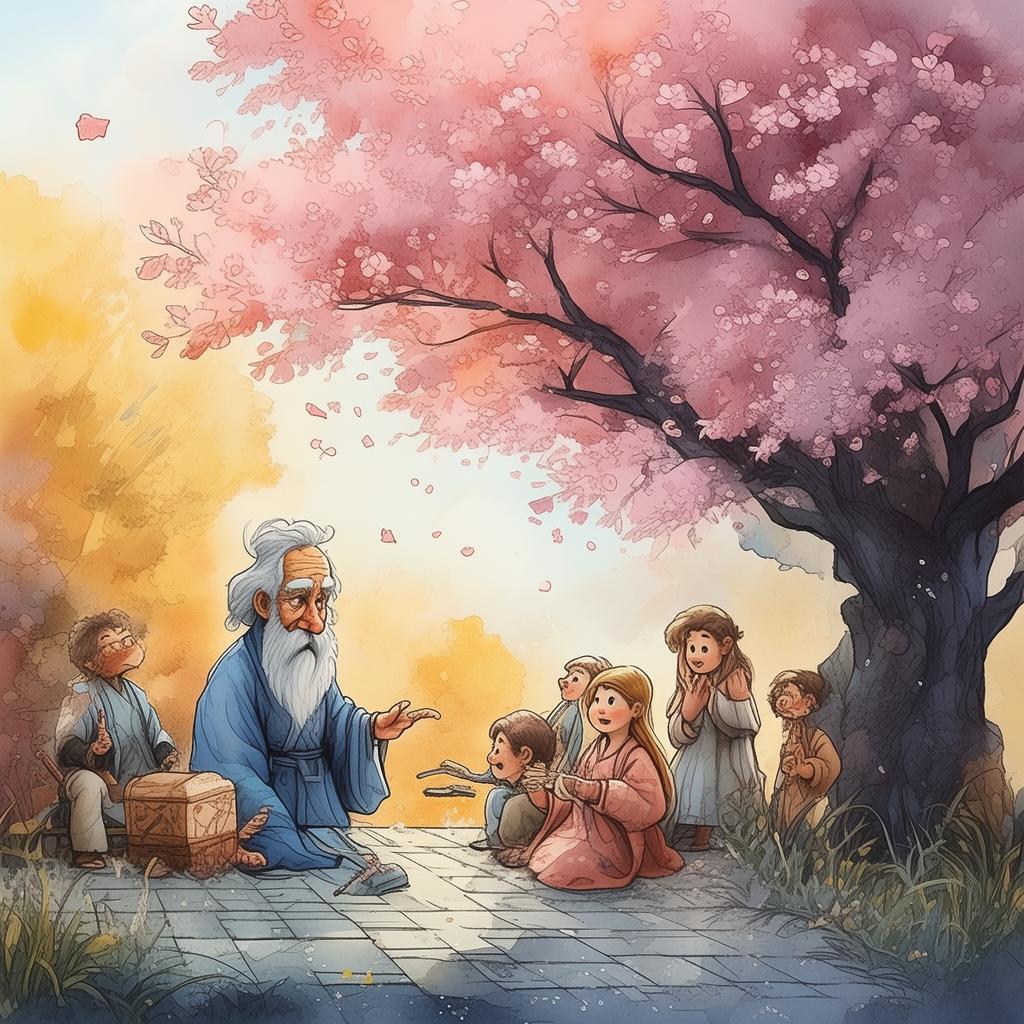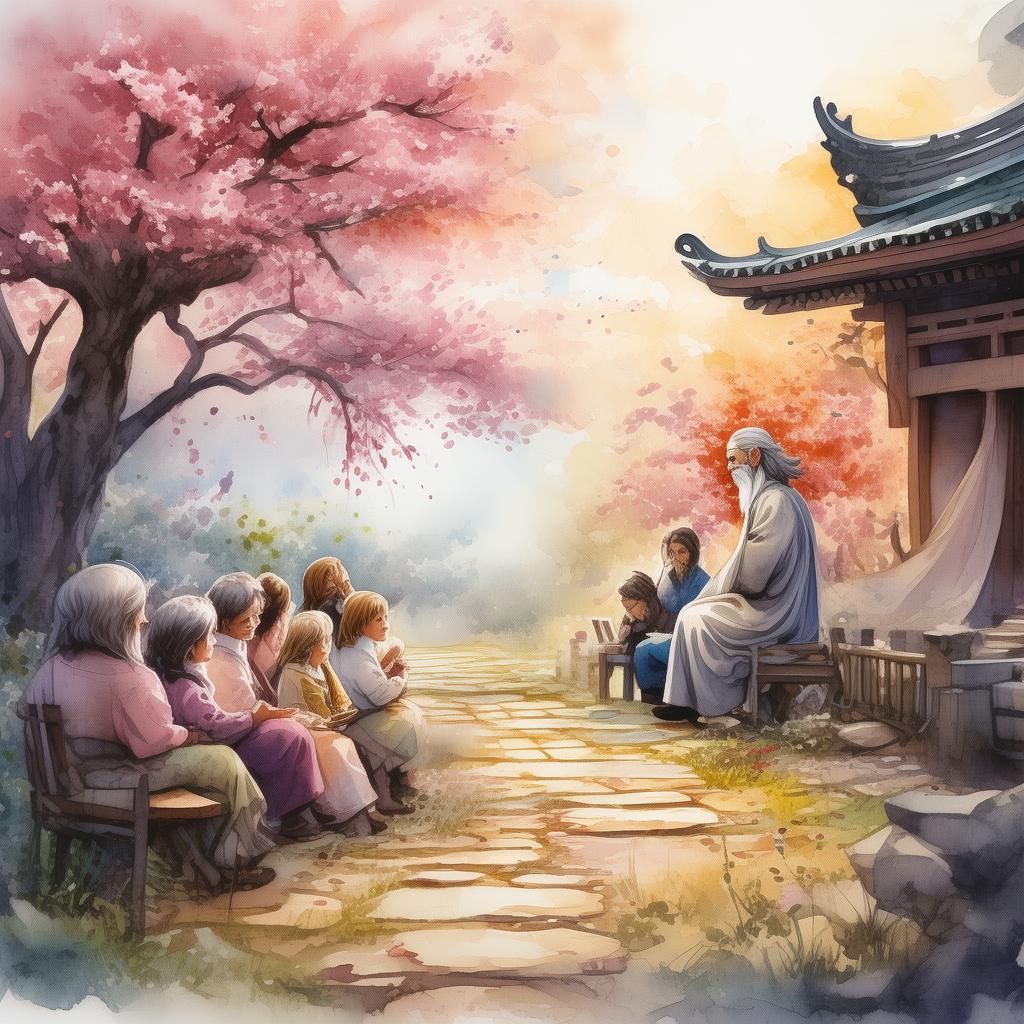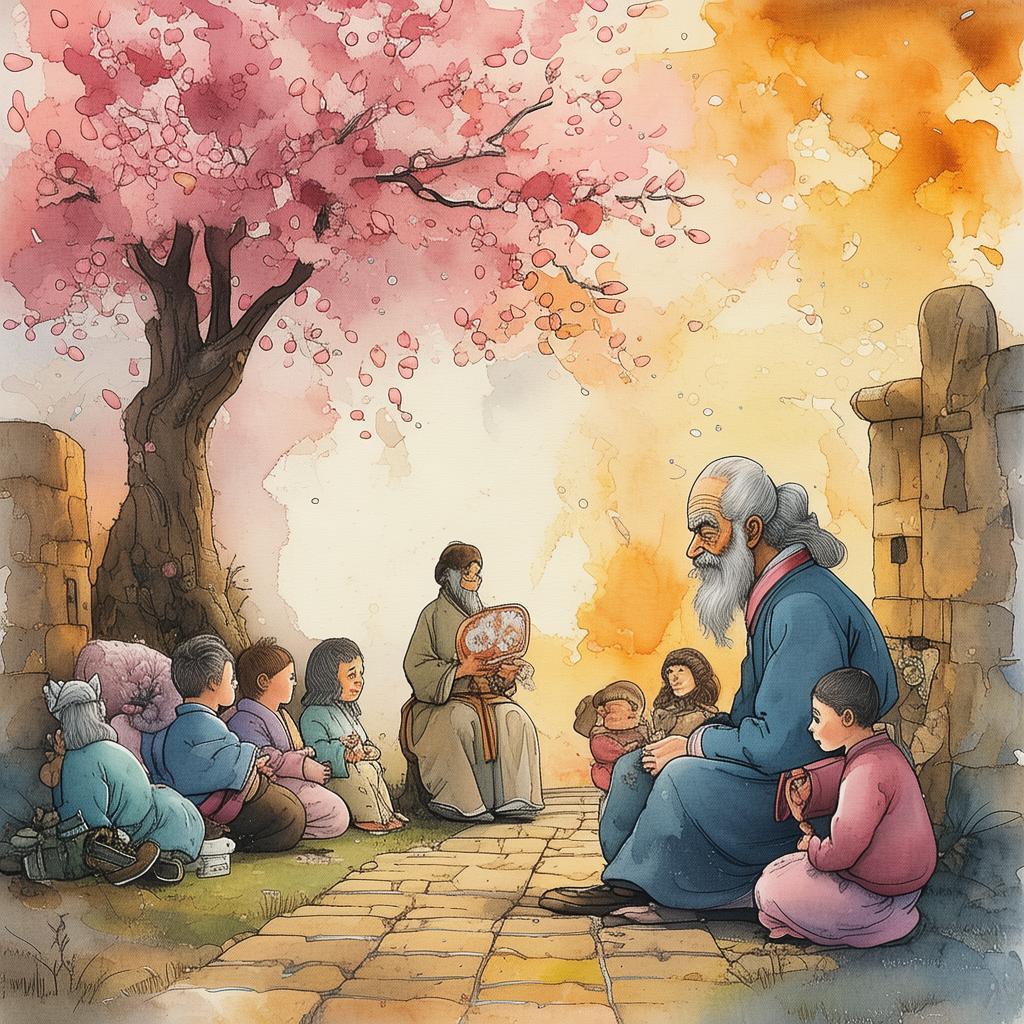Coal of Conscience: The Arctic Atonement
In the heart of the Arctic Circle, where the ice is as hard as the resolve of the people who live there, a global climate summit had convened. The nations of the world had gathered, each with their own agenda, their own fears, and their own hopes for the future. The stakes were high, for the world was facing a crisis of unprecedented scale—the rapid melting of the polar ice caps, threatening to submerge coastal cities and disrupt the delicate balance of the planet's climate.
Amidst the talks, a shipment of coal arrived at the summit. It was not just any coal, but a shipment marked with a mysterious emblem—a frozen heart encircled by flames. This emblem, it was said, was the symbol of a secret agreement between nations, an agreement that had been kept hidden for decades.
The leader of a small Arctic nation, known for his unwavering commitment to environmental protection, was among the first to notice the shipment. His name was Ivalo, a man of few words but immense determination. He approached the coal with a mixture of curiosity and suspicion, knowing that the presence of coal in such a climate summit was an affront to the very purpose of the gathering.
As Ivalo examined the coal, he noticed a series of symbols etched into its surface. They seemed to tell a story, a story of a past atonement, a past that had been long forgotten. Intrigued, he set out to uncover the truth behind the coal and the hidden agreement.
His quest led him to the archives of the United Nations, where he discovered that the coal was a part of a deal struck between nations in the 1950s, a deal that had allowed the Arctic nations to exploit their natural resources in exchange for a promise of support in times of need. The promise had never been kept, and the Arctic nations had been left to suffer the consequences of their resource extraction.
Ivalo's discovery sparked a fire within him. He knew that the coal was a symbol of a broken promise, a promise that could be the key to healing the wounds of the Arctic nations. He decided to make it his mission to use the coal to force a global conversation about climate change and the true cost of progress.
With the help of a young environmental activist named Elara, Ivalo embarked on a journey to bring the coal to the world's attention. They traveled to the capitals of the world, speaking to leaders, activists, and the general public, using the coal as a powerful symbol of the need for change.
As they spoke, the coal became a focal point of the climate change debate. Protests erupted, demands for action grew louder, and the once-stale climate summit began to show signs of life. The nations, faced with the united front of the Arctic nations and the growing public pressure, were forced to sit down and negotiate.
The negotiations were fraught with tension, as each nation sought to protect their interests. However, the presence of the coal, and the story it told, served as a constant reminder of the need for compromise. In the end, a historic agreement was reached—the Arctic Atonement Treaty.
The treaty was a landmark in the fight against climate change, committing the world's nations to a series of ambitious goals aimed at reducing carbon emissions and protecting the Arctic environment. It was a testament to the power of unity and the strength of a single symbol—a symbol that had been forged in the flames of a frozen peace.
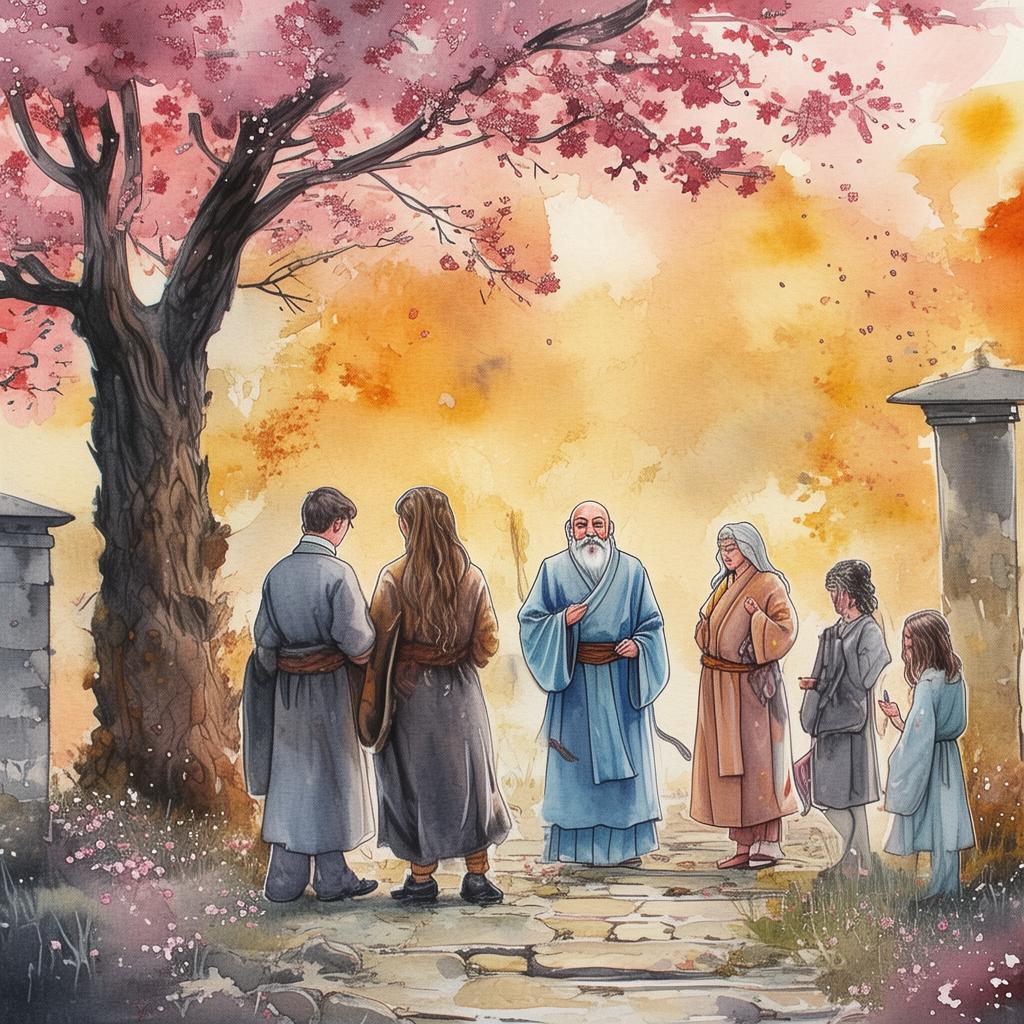
But as the treaty was signed, Ivalo and Elara discovered that the coal was more than just a symbol of the past. It was a beacon of hope for the future. The coal had not only forced the nations to confront their past mistakes but had also sparked a global movement for change.
The story of the coal, the Arctic Atonement, spread like wildfire, igniting a global conversation about the environment, the cost of progress, and the power of unity. It was a story that showed that even in the face of overwhelming odds, hope could be found in the smallest of acts and the most unlikely of places.
And so, the coal that had once been a symbol of atonement became a symbol of hope—a hope that the world could change, that the future could be different, and that humanity could rise to the challenge of protecting the planet for generations to come.
✨ Original Statement ✨
All articles published on this website (including but not limited to text, images, videos, and other content) are original or authorized for reposting and are protected by relevant laws. Without the explicit written permission of this website, no individual or organization may copy, modify, repost, or use the content for commercial purposes.
If you need to quote or cooperate, please contact this site for authorization. We reserve the right to pursue legal responsibility for any unauthorized use.
Hereby declared.


